Would you like to launch a new clothing line or add some new items to your current collection? Then you might want to consider partnering with an OEM clothing manufacturer. But with so many options, how do you know which one is right for you? An OEM apparel manufacturer is a manufacturer that produces products for other brands and sells them under their own brand. In other words, they are essentially white-label manufacturers. While there are many great options out there, not all OEM apparel manufacturers are created equal.
In this guide, we’ll provide you with everything you need to know about working with an OEM apparel manufacturer, including how to find the right one, what to expect during the manufacturing process, and how to negotiate terms. let’s start!
Introduction
Looking to launch a new clothing line or add new pieces to your collection?
Importance of working with an OEM clothing manufacturer
Table of Contents
Understanding OEM vs. ODM in the Clothing Industry
When it comes to the clothing industry, it’s crucial to understand the difference between OEM and ODM. An OEM apparel manufacturer produces clothing for other brands and sells them under their own brand. On the other hand, ODM manufacturers create clothing based on designs and specifications provided by the client. Understanding these distinctions is essential for making informed decisions about your clothing business. In this ultimate guide, we will delve deeper into the world of OEM clothing manufacturers, exploring the benefits, challenges, and key considerations, such as MOQs and pricing.
Explaining Original Equipment Manufacturer (OEM).
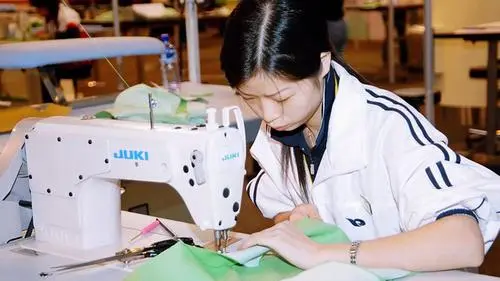
OEM, short for Original Equipment Manufacturer, refers to a clothing manufacturer that produces apparel for other brands and sells them under their own brand name. They have the capability to design, produce, and distribute clothing products according to the specifications and requirements provided by the client. By partnering with an OEM clothing manufacturer, fashion brands can benefit from expertise, efficiency, and cost-effectiveness in bringing their designs to life. It is important to understand the concept of OEM in the clothing industry to make informed decisions and navigate the process of launching a successful clothing line or expanding an existing collection.
Explaining ODM (Original Design Manufacturer)
A type of clothing company called ODM, which stands for Original Design Dealer, not only creates apparel but also designs it. ODMs have a team of skilled designers and technicians who can create unique and original clothing designs based on the brand’s vision and requirements. They offer a comprehensive solution from design to production, making it easier for fashion brands to bring their creative ideas to fruition. Understanding the role of ODMs in the clothing industry is crucial for those seeking to differentiate their brand through innovative and custom designs.
Benefits and drawbacks of each approach
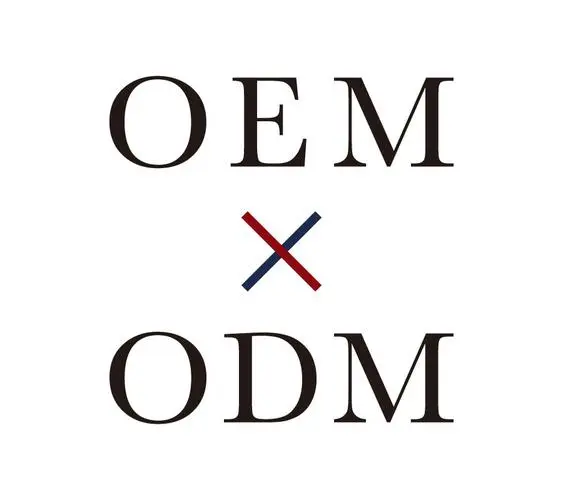
- OEM clothing manufacturers provide a wide range of ready-made clothing options, allowing fashion brands to choose from existing designs and styles.
- OEMs offer flexibility in terms of minimum order quantities (MOQs), making it suitable for both small and large-scale production.
- Pricing is often competitive with OEM manufacturers, as they benefit from economies of scale and established supply chains.
Drawbacks of OEM:
- Limited customization options as OEM manufacturers primarily focus on producing existing designs, limiting the brand’s ability to create unique and distinctive clothing.
- OEMs may have longer lead times compared to ODM manufacturers, as they need to source materials and produce clothing based on the brand’s specifications.
Benefits of ODM:
- ODM clothing manufacturers provide the advantage of in-house design capabilities, allowing fashion brands to create unique and original clothing designs.
- ODMs offer a streamlined process from design to production, reducing the overall time and effort required by the brand.
- ODMs are ideal for brands looking to differentiate themselves in the market through innovative and custom designs.
Drawbacks of ODM:
- ODM manufacturers often have higher MOQs compared to OEMs, making it less suitable for small-scale production or brands with limited budgets.
- Pricing for ODM manufacturing can be higher due to the additional design and development services provided.
When deciding between OEM and ODM clothing manufacturers, it is important for fashion brands to carefully consider their specific needs, budget, and desired level of customization to make an informed decision.
| OEM vs. ODM | |||
| Original Equipment Manufacturer | Original Design Manufacturer | ||
| OEM, or original equipment manufacturer, is a type of manufacturing where a company produces products that are then sold under another company’s brand name. In other words, the OEM company is just the manufacturer of the product, not the designer. | ODM, or original design manufacturer, is a type of manufacturing where a company designs and produces products that are then sold under its own brand name. In other words, the ODM company is both the designer and manufacturer of the product. | ||
| Pros | Cons | Pros | Cons |
| You have complete control over the final product since you’re the one designing it. | You’ll also have less control over the manufacturing process since you’re not working directly with the garment OEM factory | Many ODM clothing manufacturers are willing to work with small businesses and startups, as they typically don’t have the same minimum order requirements as OEMs. | The downside of working with an ODM is that you won’t have as much control over the design process. |
| OEM apparel manufacturers can be more flexible with MOQs (minimum order quantities) since they don’t have to worry about investing in their own brands. | ODM companies usually have a shorter lead time than OEMs, as they don’t need to wait for approval from the brand before starting production. | ODM companies typically have less brand recognition than OEMs, which can be a drawback if you’re looking to build a strong brand identity for your business. | |
| It can be less expensive to go the OEM route since you’re not paying for things like marketing and packaging. | ODMs typically have more flexible MOQs (minimum order quantities), which can be helpful for small businesses and startups that are working with limited budgets. | Working with an ODM can be more expensive than working with an OEM, as you’ll typically need to pay for the design of your product as well as the manufacturing costs. | |
| ODM clothing companies often offer a one-stop-shop service, which means they can manage the entire clothing manufacturing process from start to finish. | |||
Factors to Consider When Choosing an OEM Clothing Manufacturer
Minimum Order Quantities (MOQs): Ensure that the OEM manufacturer’s MOQs align with your production requirements to avoid potential issues with meeting demand.
Pricing: Compare the pricing structures of different OEM clothing manufacturers to find one that offers competitive rates within your budget.
Quality Control: Assess the OEM manufacturer’s quality control processes and standards to ensure they meet your brand’s expectations for product quality.
Production Capacity: Evaluate the production capacity of the OEM manufacturer to ensure they can meet your production timelines and volume requirements.
Expertise and Experience: Consider the OEM manufacturer’s expertise and experience in producing clothing within your specific niche or industry.
Communication and Collaboration: Evaluate the OEM manufacturer’s communication channels and willingness to collaborate closely with your brand to ensure smooth production processes.
Ethical and Sustainable Practices: Assess the OEM manufacturer’s commitment to ethical and sustainable practices to align with your brand values and meet consumer expectations.
OEM/ODM
clothing manufacturers clothes manufacturer
- clothing manufacturers overseas
- Women’s pajama set
- Men’s pajama set
- In addition to family pajama sets, there are more baby pajama styles
Blog
manufacturers overseas clothing
- Know industry information early
- Fabric selection suggestions
- Product Customization Guide
- How to find the right supplier and establish long-term cooperation
- there are more
FAQ
clothing manufacturing made easy

free
QUOTE
Quality and expertise
Choosing an OEM clothing manufacturer ensures that fashion brands can leverage the manufacturer’s expertise and experience in producing high-quality garments. OEM manufacturers, with their specialized knowledge and attention to detail, can deliver precise and consistent results, meeting the brand’s quality standards and exceeding customer expectations. This focus on quality helps establish a brand’s reputation for excellence in the industry.
Minimum Order Quantities (MOQs)
When working with OEM clothing manufacturers, fashion brands need to consider the minimum order quantities (MOQs) required by each manufacturer. MOQs refer to the minimum number of units that brands must order in a single production run. Understanding and carefully evaluating the MOQs is crucial for brands to align their production needs with their budgetary constraints. By doing so, brands can ensure that they can meet their inventory requirements while optimizing their costs and avoiding excess stock.
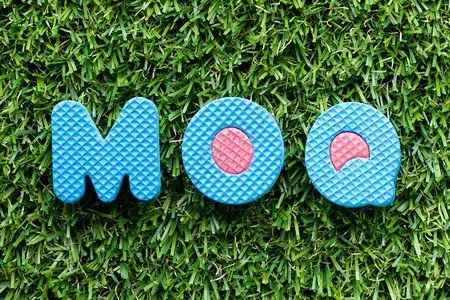
Sampling and prototyping
Sampling and prototyping is a vital step in the OEM clothing manufacturing process. It allows fashion brands to test the feasibility and quality of their designs before mass production. Through this stage, designers and manufacturers work closely together to create physical samples that accurately represent the intended garments. It enables brands to make necessary adjustments and refinements, ensuring that the final products meet their standards and customer expectations. Each step requires meticulous attention to detail and adherence to industry standards to ensure the highest quality garments.
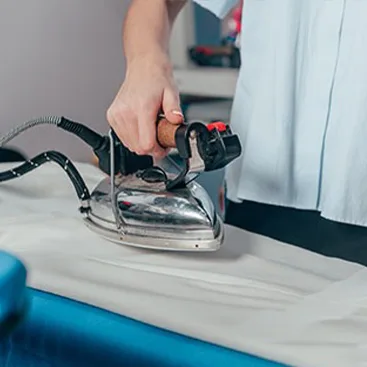
Production and manufacturing
Production and manufacturing is the pivotal stage in the OEM clothing manufacturing process. Once the sampling and prototyping phase is complete, fashion brands can proceed with mass production of their garments. This involves sourcing materials, coordinating production timelines, and ensuring efficient manufacturing processes. Manufacturers follow industry standards and guidelines to maintain consistency and quality throughout the production phase. Attention to detail and effective communication between designers and manufacturers is crucial to deliver the desired products on time and within budget.
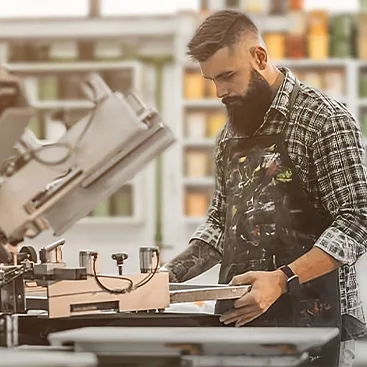
Quality control and assurance.
Quality control and assurance play a critical role in the OEM clothing manufacturing process. Each step requires meticulous attention to detail and adherence to industry standards to ensure the highest quality garments. Manufacturers implement rigorous quality control measures to inspect fabrics, check for consistency in sizing and stitching, and ensure that the final products meet the brand’s specifications. Furthermore, quality assurance processes are implemented to monitor and assess the overall production quality, promptly identifying and resolving any potential issues. This commitment to quality ensures that fashion brands receive garments that meet their standards and delight their customers.
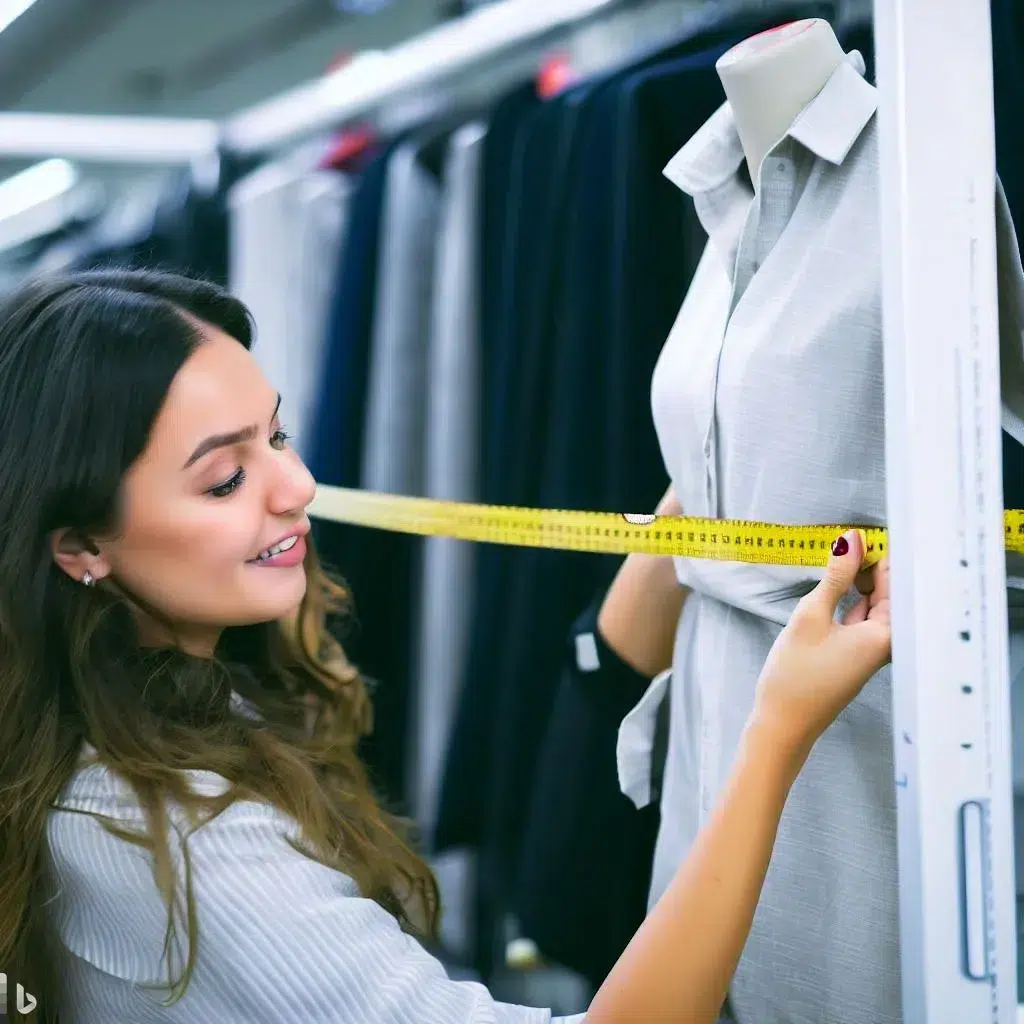

Conclusion
As a fashion brand, it is important to find the right OEM clothing manufacturer who can help you create high-quality garments that meet your specific design and branding requirements. By following the tips in this guide, you should be able to identify a reputable supplier who can help turn your vision into reality.
If you need any additional assistance finding an OEM clothing manufacturer or have questions about the process, please don’t hesitate to contact us at pjgarment. We would be happy to help!

